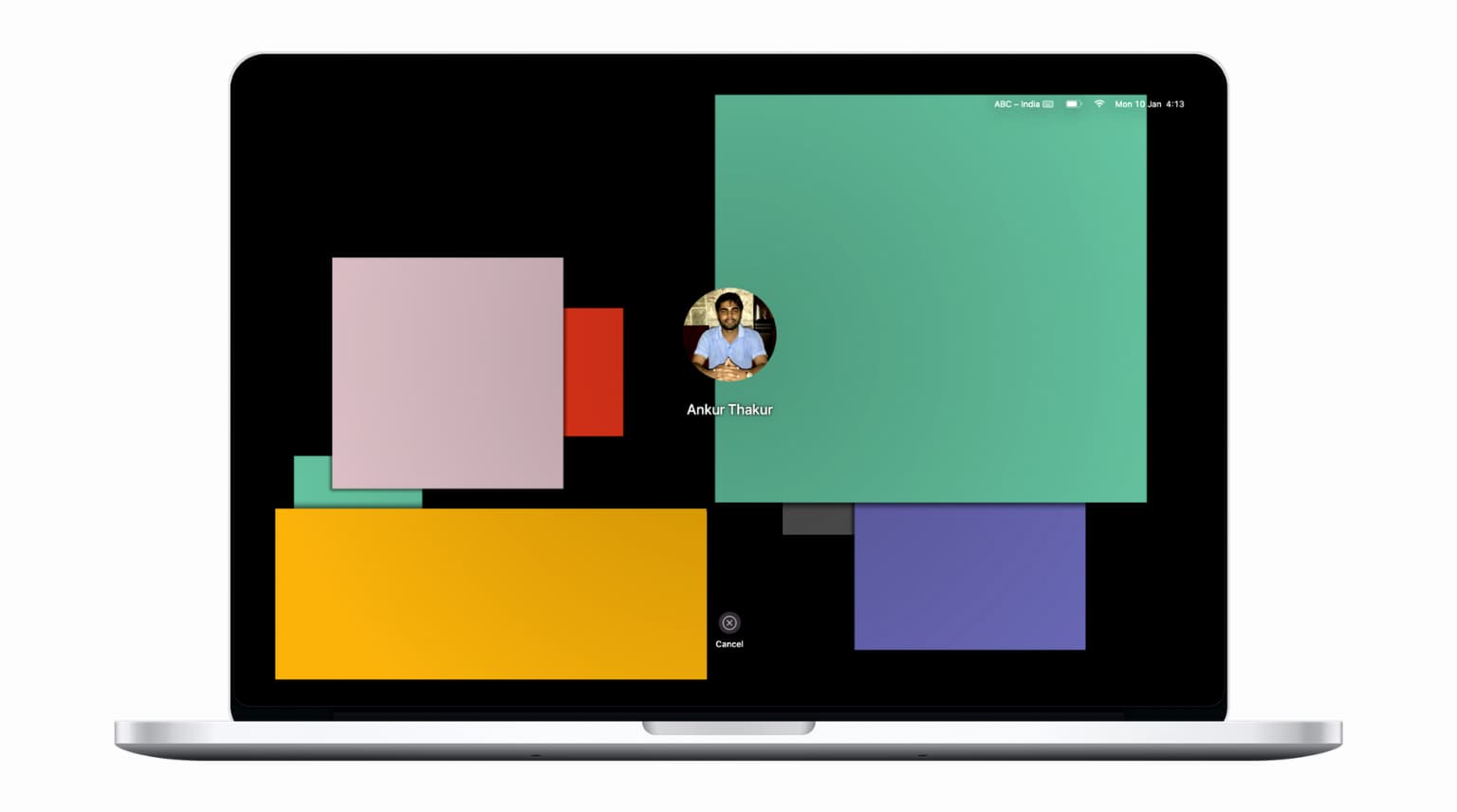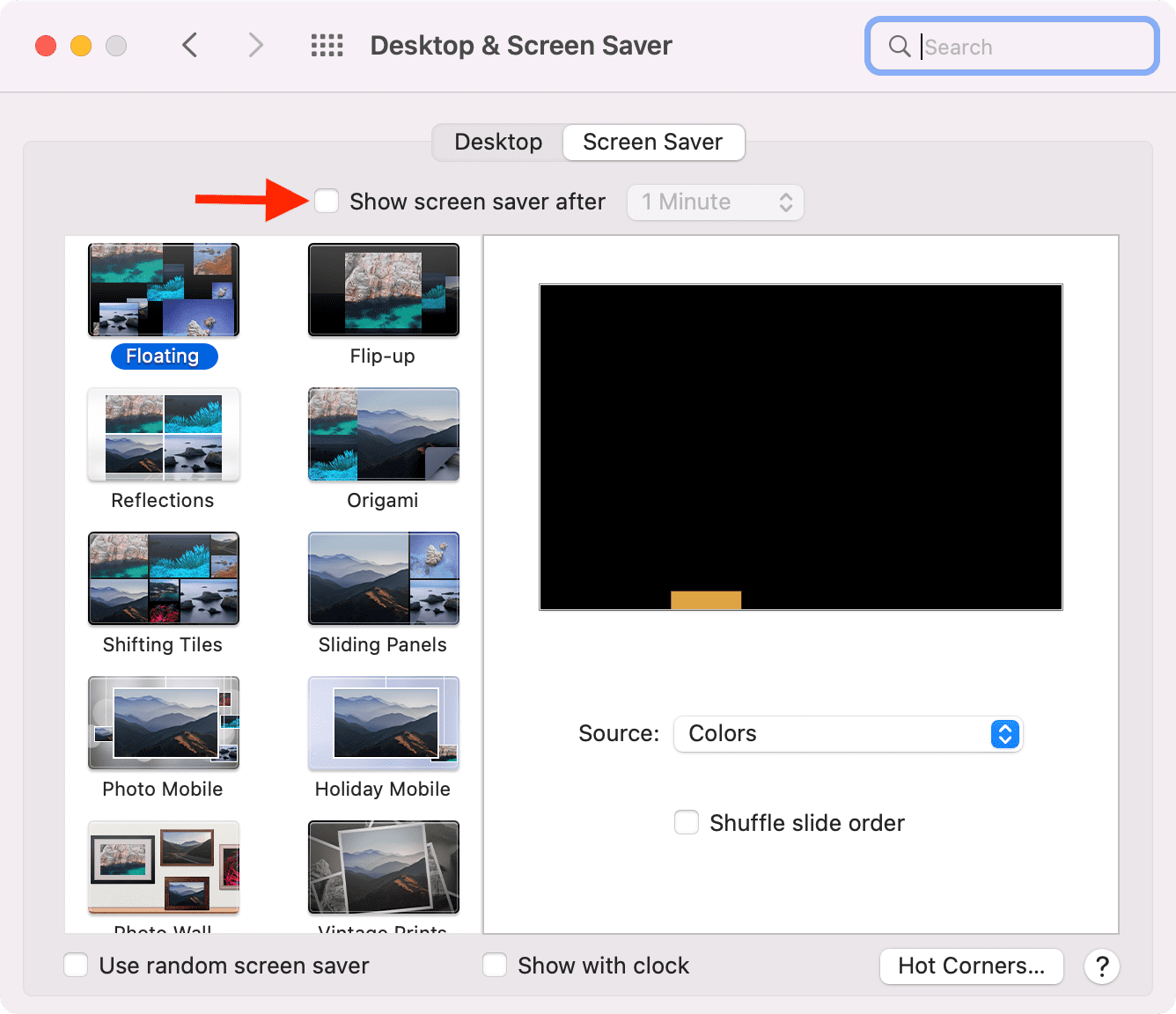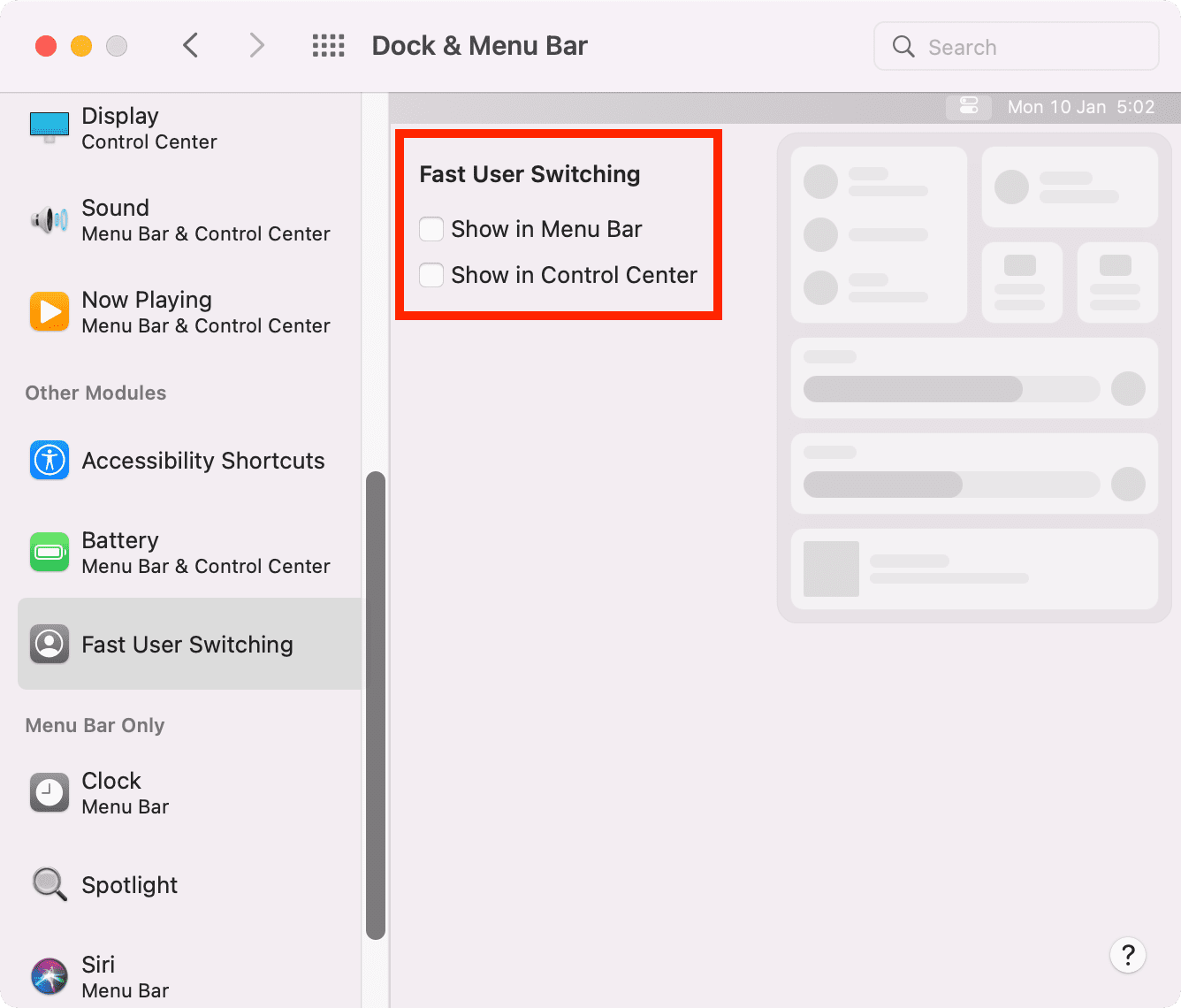Learn what to do if your Mac is stuck on the screen saver screen and is refusing to let you go in.

The screen saver problem on Mac
Imagine you walked away from your Mac for a while, and when you return, you find the screen saver is stuck or frozen, and it refuses to turn off when you press a keyboard key or move the mouse/trackpad cursor. You can’t enter your Mac’s password or use Touch ID to go to the desktop.
If the screen saver uses just one image or only displays the time, it may stay the same and not change. At other times, if the screen saver has animation, it may move, but your Mac stays on this screen saver screen.
Some users might also notice that their Mac registers the key strokes when the screen saver is stuck, but the screen saver refuses to disappear. For instance, if you use the keyboard keys to change the screen brightness, it will seem to work, but the frozen screen saver will not go away. In other situations, your Mac won’t register any key press or cursor movement.
In most cases, this glitch is because of bugs in macOS. But whatever your situation, the following solutions will come in handy to get you out of this problem and allow you to use your Mac again.
Note: Our goal is to help you solve the frozen screen saver problem without turning off the Mac. This will ensure you do not lose your ongoing work. But if the initial solutions do not fix the issue, you will have to power off your Mac.
1. Close the MacBook lid and reopen it
If the screen saver is stuck on your MacBook Air or MacBook Pro, simply close its lid and wait for about 15 seconds. Now, open the lid and press one of the keys on the keyboard. The screen saver should go away, letting you see Mac’s desktop.
Please see the other fixes below if you have an iMac, Mac mini, Mac Studio, or Mac Pro.
2. Lock your Mac’s screen using the keyboard
If your Mac is registering the key presses even when the screen saver is stuck, press Command + Control + Q to lock the screen. Now, press the esc key to turn off the display. After a few seconds, press a key, and the screen saver should no longer be frozen.
If your MacBook or desktop Mac supports Touch ID, try to unlock your Mac by placing your finger on the Touch ID sensor.
Note: If locking the screen doesn’t fix the problem, press Command + Shift + Q to log out, and it should help fix the stuck screen saver.
Related: Quickly turn off your Mac’s screen with this handy keyboard shortcut
3. Use the power button to force your Mac to sleep
Press and hold the Mac or MacBook’s power button for about one to two seconds (not too long, or else it will turn it off) to force your Mac to enter sleep mode. Now, wait for 15 seconds and press the power key to wake your Mac.
If your MacBook has a Touch ID sensor, use the registered finger to press the Touch ID button. Hopefully, this should unlock the Mac and take you straight to the desktop.
4. Use your Apple Watch to unlock your Mac
In case you have an Apple Watch and have set up “unlock your Mac with Apple Watch,” wear the watch and press one of the keys on the Mac to wake it up. If things work, your Apple Watch might automatically unlock the Mac, bypassing the stuck screen saver.
5. Power off your Mac and power it on
Finally, if none of the above solutions work, turn off your Mac by pressing and holding the power button until the screen goes black. After a minute, press the same button to turn on your Mac.
If this doesn’t work, keep pressing the power button until your Mac turns off and turns on, showing the Apple logo on the screen.
On a Mac desktop, you can also cut out the power from the main wall switch.
You will lose your unsaved work when you force your Mac to power off or turn it off from the main power switch.
What to do once you solve the stuck screen saver problem on Mac
Once the above methods have worked for you and you’re inside your Mac, the following recommendations will ensure you don’t have the same problem again in the future.
1) Turn off screen saver: Go to System Settings > Lock Screen and set Start Screen Saver when inactive to Never.
If you’re on an older version of macOS, head to System Preferences > Desktop & Screen Saver > Screen Saver and uncheck Show screen saver after. If you must use a screen saver, turn off “Use random screen saver” and follow the remaining tips below.

2) Update your Mac: For most people, this screen saver issue is because of bugs in the macOS version you’re currently running. To fix it, go to System Settings > General > Software Update and get the latest version of macOS available for your Mac.
3) Disable Fast User Switching: If you use Fast User Switching, it may be the reason for this screen saver problem. To prevent that, go to System Settings > Control Center and scroll down to the Fast User Switching section. Now set Show in Menu Bar to Don’t Show and turn off Show in Control Center.
If you’re on an older version of macOS, head to System Preferences > Dock & Menu Bar > Fast User Switching and uncheck Show in Menu Bar and Show in Control Center.

4) Reset NVRAM or PRAM on an Intel-based Mac: You can skip this if your Mac has Apple silicon (M1, M1 Pro, M1 Max, M2, M3, M4, or its successor).
On a related note: